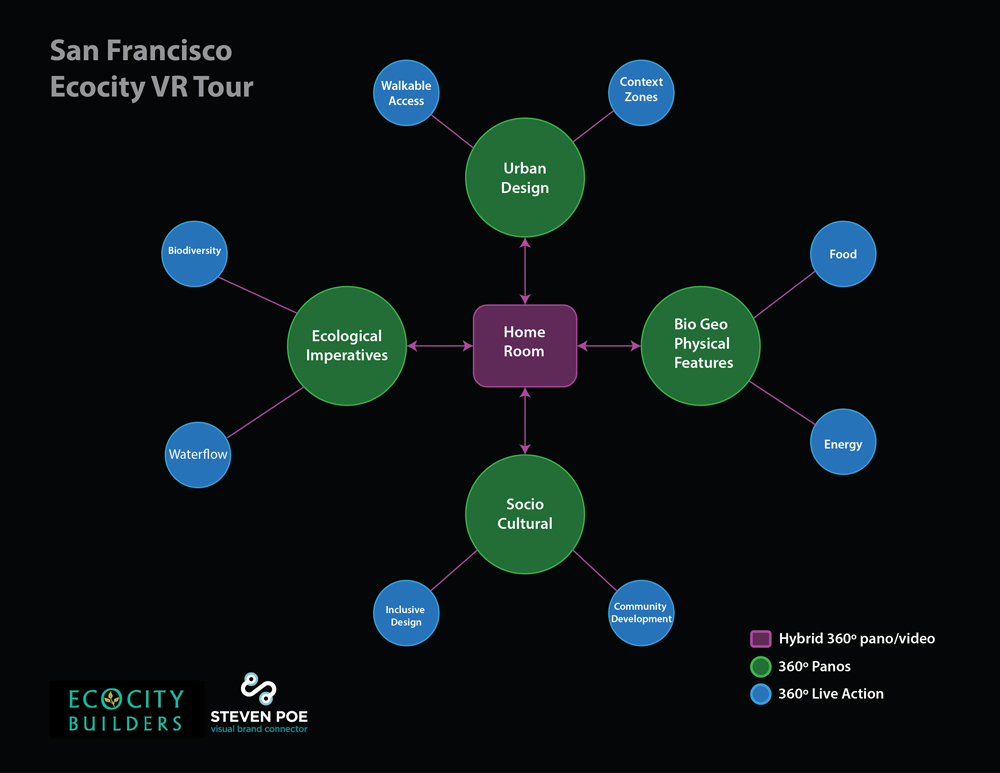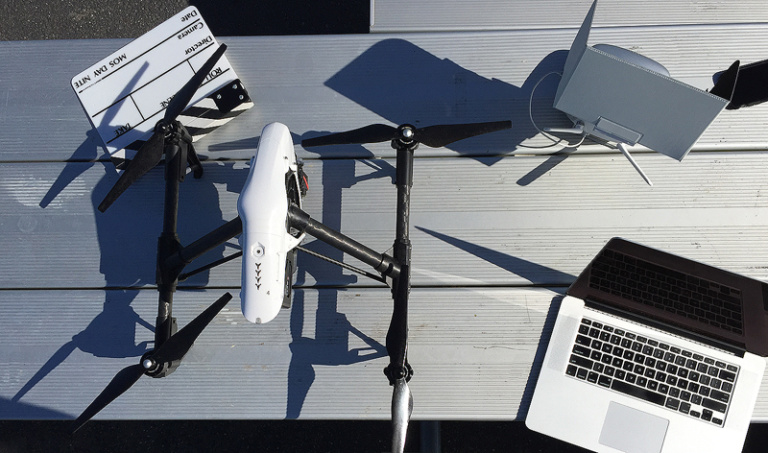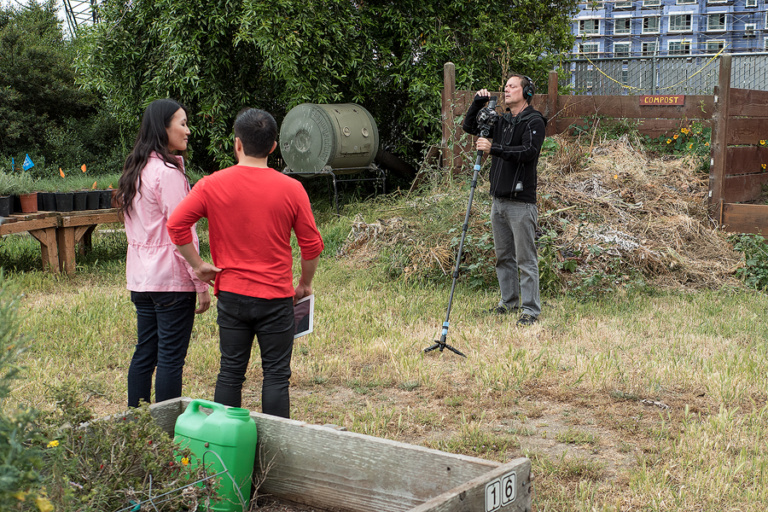After an exciting couple of months, Ecocity Builders has finished a demo of our 360 San Francisco virtual tour. Ideally, using this pilot as a model, future Ecocity projects around the world can be shared and viewed more easily. This virtual reality tour utilizes cutting edge technology that lets the user control their point of view of their surroundings, which they have 360 degree access to, as well as embedding secondary videos and links to other virtual destinations. To make this visual tool as accessible as possible, Ecocity Builders is delivering this in a multi-platform format, including web, mobile, cardboard, and VR gear.
To create our demo was a collaborative effort between 7 interns, including myself, Kirstin Miller, executive director of Ecocity Builders, Steven Poe, our Ecocity Builders VR producer, and our site contacts. We selected our sites carefully on the basis of the EcoCity indicators they showcased best. For example, my site, the Recology Center in San Francisco, a landfill diversion and resource recovery company, best demonstrates our BioGeoPhysical indicators. These include aspects like responsible resource management and healthy soil. The demo itself tells a narrative throughout all four sites where both citizens and policymakers work to make their cities more ecologically healthy and sustainable.
Achieving the clear, wide-panning stills and videos of each site combined with in-person narration was a technological and situational challenge. For example, at the Kelly Cullen Plaza, an affordable “green” apartment building, which featured urban design indicators, filming had to be completed very early in morning to respect residents’ privacy. At the Recology site, constant movement of both machines and seagulls made filming and in particular narration an intense process. For example, during our filming of the Artists in Residence Program’s recycled garden, all parties involved save the speaker would have to hide behind various trees, shrubs and sculptures until the camera had panned around in a circle to avoid being in the shot.
Since the virtual reality technology is very new it was bound to need troubleshooting, however; newer in the tech world often means cooler and this was no exception. For example, in the Green Hairstreak Corridor, an urban butterfly corridor that supports local biodiversity, which showed ecological imperative indicators, we used drones to capture aerial footage. Even the camera used to capture the 360 footage was small and activated with a clap.
In the end, seeing the prototype of the video is exciting and rewarding and makes me eager to see how virtual reality could be part of Ecocity’s future plans.







